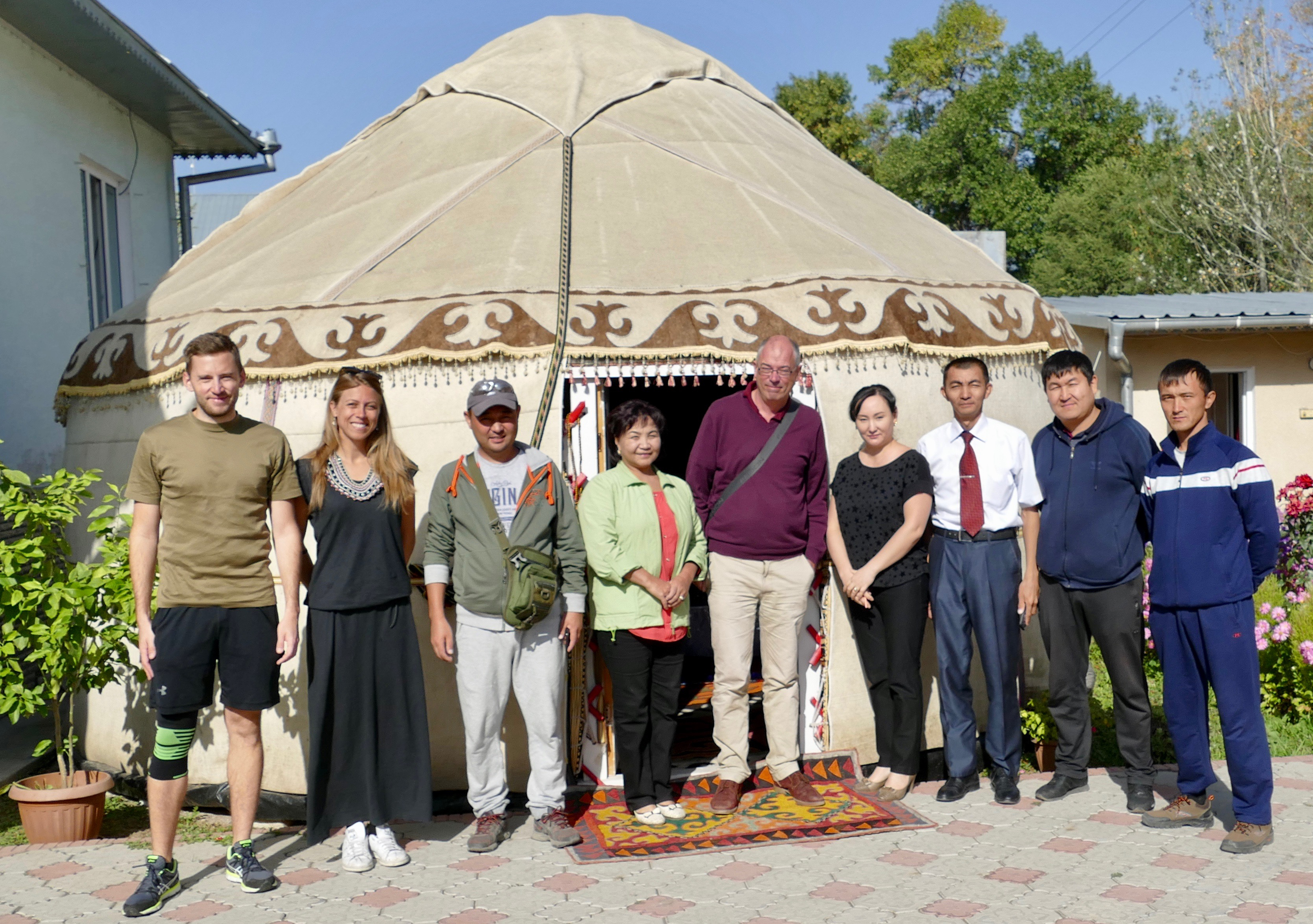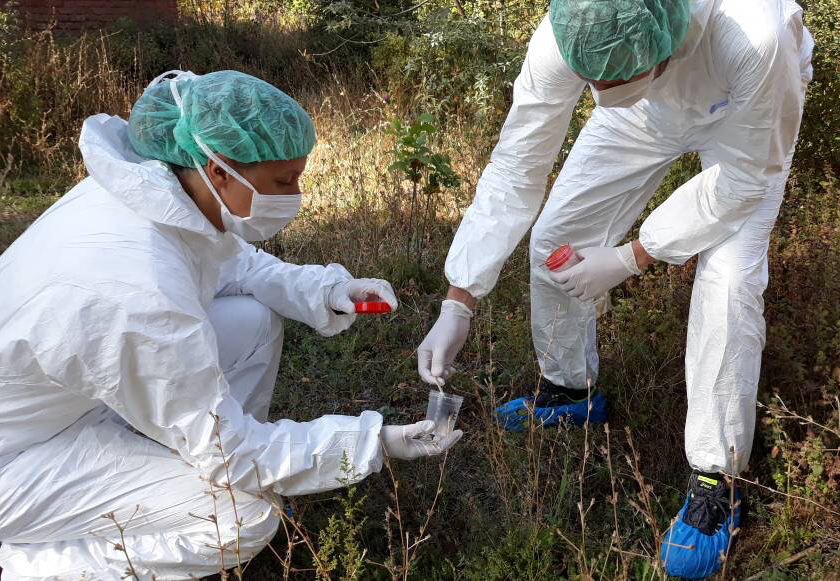Transmission modelling of emergent echinococcosis in Kyrgyzstan

Cystic echinococcosis (CE) and alveolar echinococcosis (AE) caused by Echinococcus granulosus and E. multilocularis, respectively, are global public health problems, notably in low-income societies. Kyrgyzstan is a hyperendemic region for CE, and presently there is evidence of a major AE epidemic in humans. Echinococcus spp. have complex multi-host life cycles. The exact interplay between hosts is not fully understood and holds a crucial role in effective control.

We will perform geospatial disease modelling of Echinococcus to increase the understanding of the risk factors for transmission, and develop a mathematical model to simulate the transmission between the different hosts. This model will be used to simulate the effect of proposed control strategies and to calculate their cost-utility. Our results will lead to an increased understanding of echinococcosis in Kyrgyzstan, and will provide a tool to help make decisions on targeted prevention and control strategies in such limited resource setting. Eventually, our results will provide important scientific knowledge that can also be applied in other regions to protect public health.
